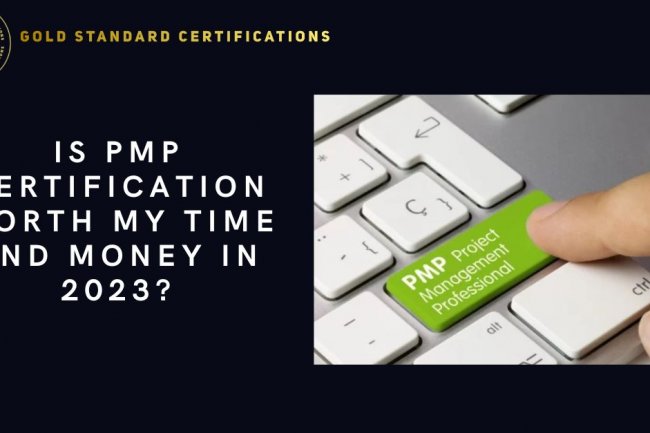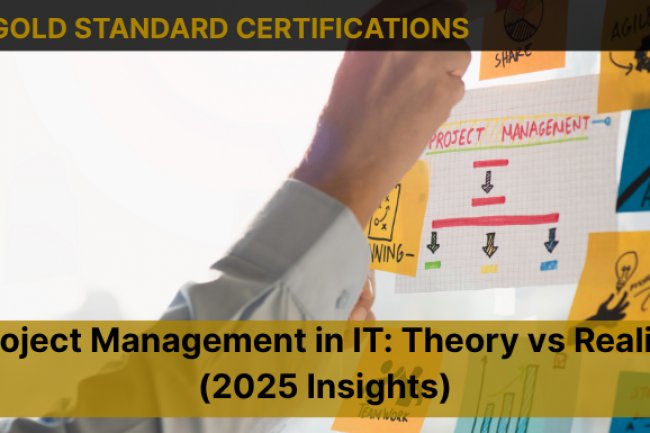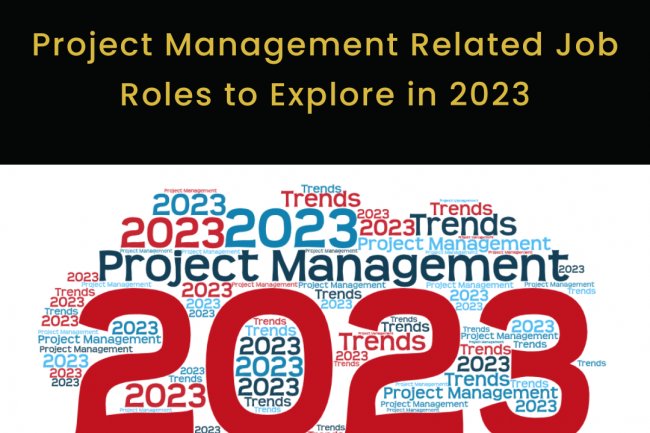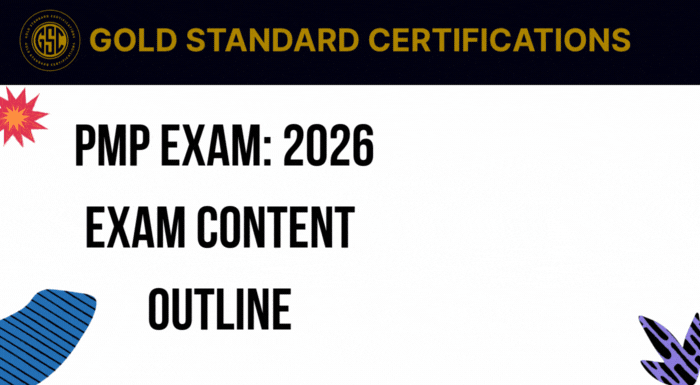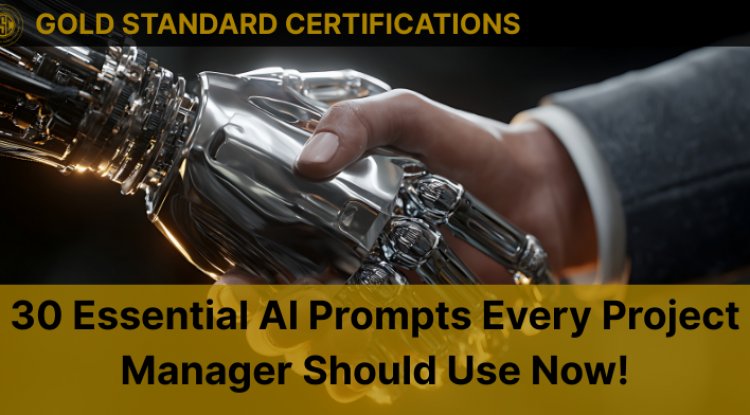Top 5 Mistakes to Avoid When Preparing for the PMP® Exam
Avoid common PMP® exam mistakes and boost your chances of passing on the first try. Learn expert tips and get PMP® training trusted across the U.S. & Canada.
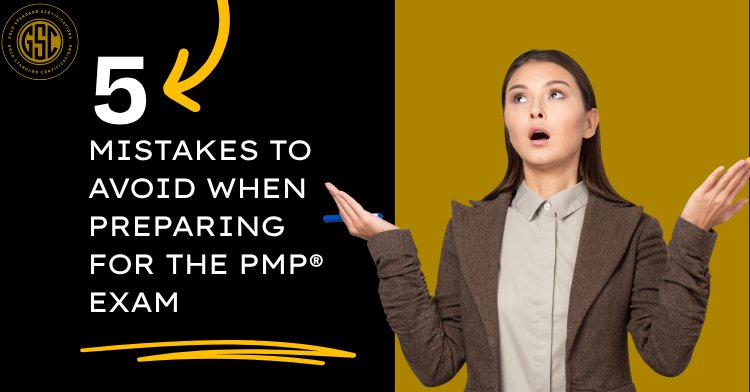
Top 5 Mistakes to Avoid When Preparing for the PMP® Exam – And How to Get It Right
If you’re planning to take the PMP® exam, you’re not alone. Over one million professionals worldwide have earned the Project Management Professional (PMP®) certification, making it one of the most respected and rewarding credentials in any industry.
But here’s the truth: preparing for the PMP® exam isn’t easy. According to PMI® data, nearly 40% of first-time test-takers don’t pass. Why? Because they make simple yet costly mistakes that derail months of preparation.
In this post, you’ll discover the top 5 mistakes to avoid when studying for the PMP® exam, so you can stay focused, avoid frustration, and earn your certification on the first try.
Mistake #1: Skipping the PMI® Exam Content Outline
Many candidates jump straight into reading books or online courses without knowing PMI’s official Exam Content Outline (ECO). This is like setting out on a road trip without a map.
The ECO is PMI’s blueprint for the exam: it details the three performance domains (People, Process, and Business Environment) and guides exactly what you’ll be tested on. If you don’t align your study plan with the ECO, you risk wasting time on topics that won’t appear, or worse, missing out on key exam content.
How to avoid this mistake:
- Download the latest Exam Content Outline
- Use it to plan your study schedule, ensuring you allocate enough time to each domain and task.
- Regularly cross-check your progress against the ECO to make sure you’re on track.
Mistake #2: Underestimating Agile & Hybrid Approaches
If you think the PMP® exam is only about traditional (predictive) project management, think again. Since the January 2021 update, 50% of the exam questions now focus on Agile and hybrid methodologies.
This change reflects the real-world shift in how projects are managed today. Many candidates still overlook Agile and find themselves unprepared for nearly half the exam.
How to avoid this mistake:
- Include Agile-specific resources in your prep—study the Agile Practice Guide published by PMI, which is bundled with the PMBOK® Guide.
- Understand key concepts like Scrum, Kanban, Agile team roles, ceremonies, and how to blend predictive and Agile methods in hybrid projects.
- Take practice questions focusing on Agile and hybrid scenarios.
Mistake #3: Not Taking Enough Practice Exams
One of the most common mistakes PMP® aspirants make is skipping timed practice exams. Even if you know the material, the real challenge of the PMP® exam lies in answering 180 situational, scenario-based questions in 230 minutes.
Practice exams not only help you assess your knowledge but also train you to manage time, reduce test anxiety, and identify weak areas before your test date.
How to avoid this mistake:
- Take at least three full-length practice exams before your real test.
- Simulate real exam conditions: sit uninterrupted, use the same timing, and avoid outside help.
- Review your answers carefully, especially questions you got wrong, to understand your mistakes.
Mistake #4: Passive Studying Without Engagement
Reading the PMBOK® Guide cover to cover doesn’t guarantee success. The PMP® exam tests your ability to apply concepts, not memorize them. Many candidates mistakenly rely only on passive study methods, like highlighting books or watching videos without practicing or discussing concepts.
Active engagement—like solving scenario-based questions, participating in study groups, or teaching concepts to others—dramatically improves retention and application skills.
How to avoid this mistake:
- After reading a topic, immediately test yourself with practice questions.
- Join a study group or online forum to discuss complex concepts and learn from others.
- Explain key ideas to a friend or colleague; if you can teach it, you truly understand it.
Mistake #5: Choosing the Wrong Training Program
Not all PMP® prep courses are created equal. Many budget courses promise quick success but lack up-to-date content, don’t align with the latest Exam Content Outline, or fail to cover Agile and hybrid topics properly. Gold Standard Certifications offers an up-to-date PMP® course designed specifically for the latest exam format
How to avoid this mistake:
- Pick a PMP® training provider that offers 35-hour courses aligned with the latest exam format.
- Look for features like live instructor-led sessions, interactive quizzes, real-world case studies, and personalized support.
- Read reviews from real students on trusted platforms like Trustpilot.
How Gold Standard Certifications Can Help:
At Gold Standard Certifications, we specialize in PMI-approved, up-to-date PMP® courses designed specifically for the latest exam format. Our training covers predictive, Agile, and hybrid approaches with hands-on projects, real-world case studies, and live expert-led classes that keep you engaged and accountable.
✅ Access comprehensive practice exams to build confidence and master timing
✅ Enjoy lifetime access to recordings so you can review anytime
✅ Get personalized mentorship and live support to answer your questions
✅ Benefit from a 100% money-back guarantee
With our proven track record and excellent student reviews, we’re here to make sure you’re fully prepared, confident, and certified on your first attempt.
Final Thoughts: Pass the PMP® Exam with Confidence
The PMP® exam is challenging, but avoiding these five mistakes can mean the difference between success and disappointment. By aligning your preparation with the PMI® Exam Content Outline, giving proper attention to Agile and hybrid methods, practicing regularly, engaging actively, and choosing the right training partner, you’ll set yourself up for a first-time pass.
Ready to Become a PMP®? Let’s Get Started!
At Gold Standard Certifications, we’ve helped thousands of professionals in the US, Canada, and around the world earn their PMP® certification confidently. Our expert-led, interactive PMP® programs are designed to cover every topic you need, with up-to-date materials, Agile integration, practice exams, and live support.
✅ 35-hour PMI-approved courses
✅ Lifetime access to class recordings
✅ Free simulation tests
✅ 100% money-back guarantee. Don’t leave your PMP® success to chance,choose a partner dedicated to your career growth.
Explore upcoming PMP® batches and sign up today!
Or call us at +1 281-394-1224 to speak with a training advisor.
